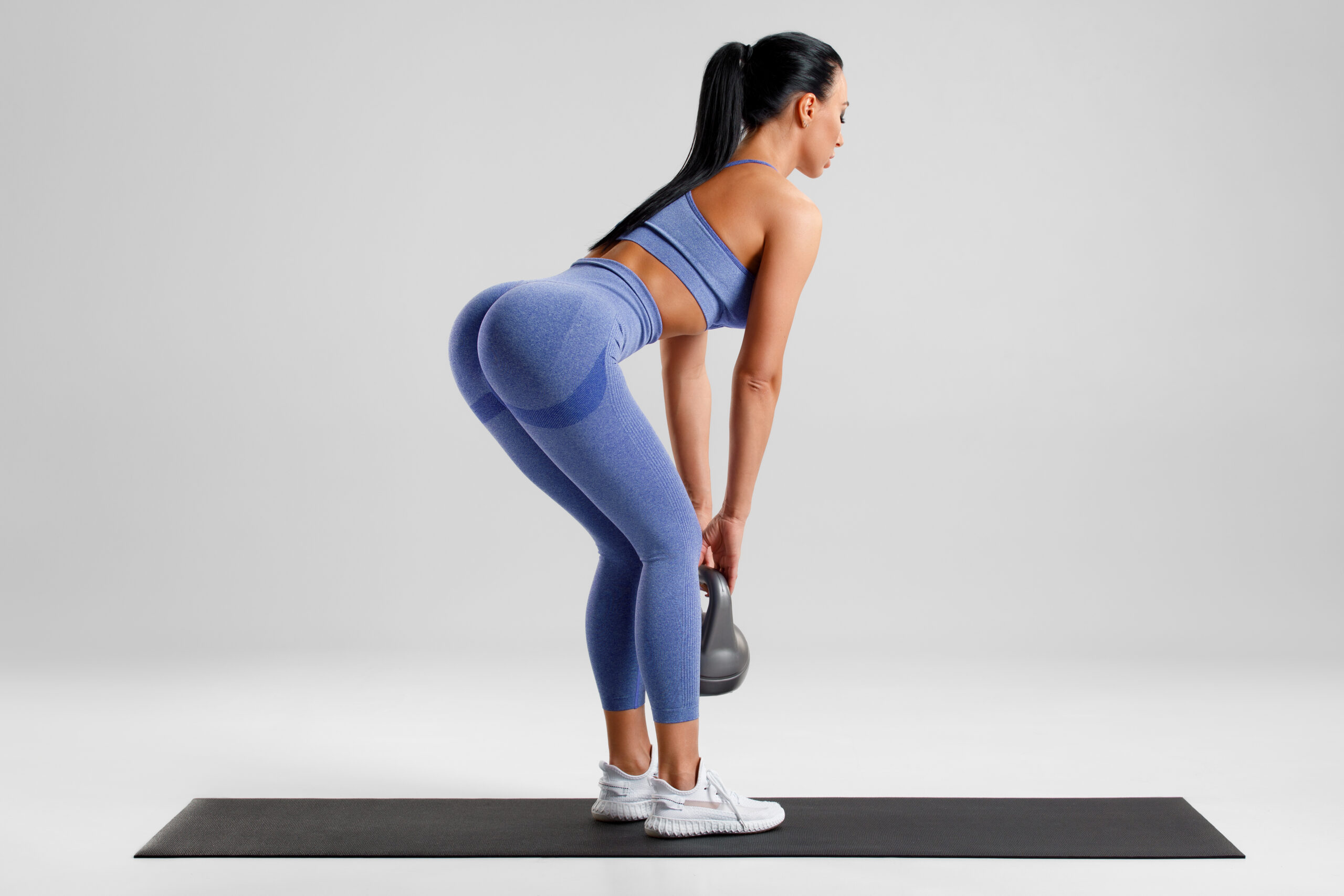Nature has long been associated with mental and physical well-being. Spending time in nature has been shown to have a wide range of benefits, including reducing stress and anxiety, improving mood, and promoting overall health and well-being. In this essay, we will explore the many benefits of spending time in nature for mental and physical well-being.
One of the most well-known benefits of spending time in nature is its ability to reduce stress and anxiety. Being surrounded by greenery and natural landscapes can have a calming effect on the mind, helping to reduce feelings of stress and anxiety. Studies have also shown that spending time in nature can lower cortisol levels, a hormone associated with stress. Additionally, nature has been shown to increase the production of serotonin, a chemical that helps to regulate mood and reduce feelings of anxiety.
Spending time in nature can also have positive effects on our physical health. Research has shown that it can lower blood pressure, improve immune function, and decrease inflammation in the body. Additionally, nature can also help to reduce chronic pain and improve sleep quality.
Nature can also have positive effects on our mental health. Studies have shown that spending time in nature can improve mood, reduce symptoms of depression, and increase overall well-being. Additionally, nature can also help to improve cognitive function, memory, and attention.
Nature also has a way of fostering social connections, which is important for overall mental and physical well-being. Being in nature with friends, family or loved ones can provide opportunities for social interactions and bonding. Studies have also shown that spending time in nature with others can improve emotional well-being and reduce feelings of loneliness and isolation.
Nature also offers a sense of perspective that can be hard to find in our fast-paced, urbanized lives. Being surrounded by natural beauty can foster feelings of awe and wonder, which can be grounding and help to put our problems into perspective.
Moreover, being in nature also provides many opportunities for physical activities such as hiking, camping, swimming, and fishing. Engaging in activities in nature can increase physical activity levels and improve overall physical fitness and health.
In conclusion, spending time in nature can have a wide range of benefits for mental and physical well-being. It can reduce stress and anxiety, improve mood, and promote overall health and well-being. Whether it’s a short walk in the park, a hike in the mountains, or a camping trip, taking time to connect with nature can be an effective way to improve overall well-being. It is important for individuals to make an effort to regularly spend time in nature to reap these benefits.

 Politics2 years ago
Politics2 years ago
 Politics1 year ago
Politics1 year ago
 Health1 year ago
Health1 year ago
 Politics1 year ago
Politics1 year ago
 Politics2 years ago
Politics2 years ago
 Politics1 year ago
Politics1 year ago
 Entertainment2 years ago
Entertainment2 years ago








